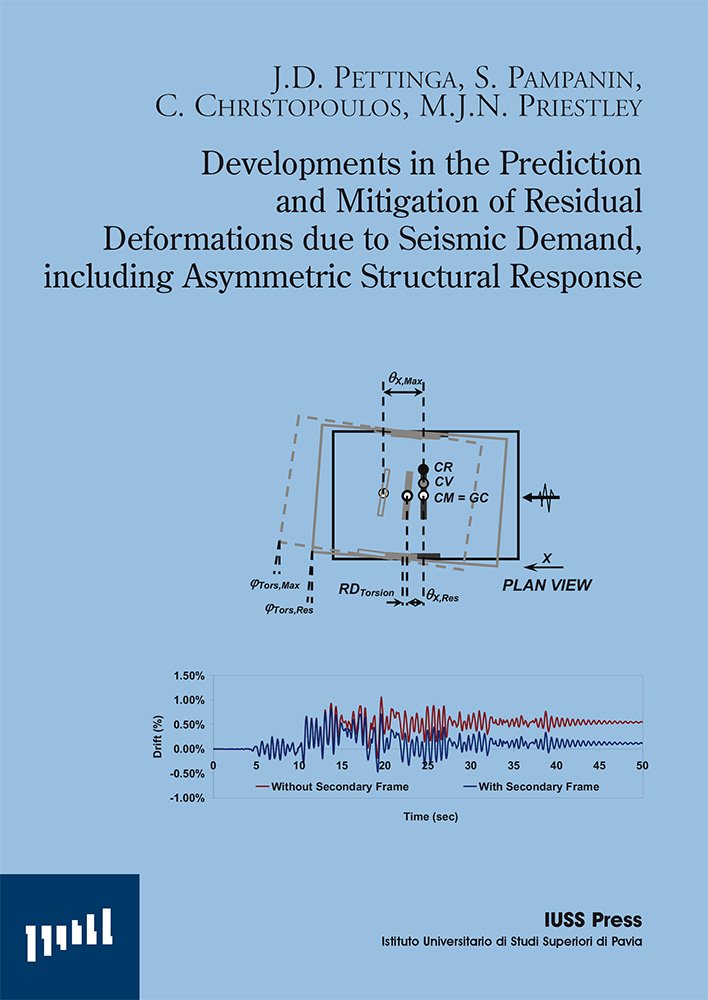Catalogo

Trattato del Terremoto
04/01/2007
Accounting for P-Delta Effects in Structures when using Direct Displacement-Based Design
24/02/2007Developments in the Prediction and Mitigation of Residual Deformations due to Seismic Demand, including Asymmetric Structural Response
Il prezzo originale era: € 25,00.€ 5,00Il prezzo attuale è: € 5,00.
J.D. Pettinga, S. Pampanin, C. Christopoulos, M.J.N. Priestley
Research Report Rose 2007/01
ISBN: 978-88-6198-001-3
Recent developments in performance-based seismic design and assessment approaches have emphasised the importance of properly assessing and limiting the residual (permanent) deformations typically sustained by a structure after a seismic event, even when designed according to current code provisions.
FUORI CATALOGO
Recent developments in performance-based seismic design and assessment approaches have emphasised the importance of properly assessing and limiting the residual (permanent) deformations typically sustained by a structure after a seismic event, even when designed according to current code provisions. The performance-based design framework for residual deformations, previously developed by the authors for 2D regular structures, is further extended to the behaviour of 3D irregular (asymmetric in-plan) buildings. The seismic response of a set of single-storey systems, comprising of seismic resisting frames or walls, and modelled to represent alternative materials (concrete or steel), is investigated. Different layouts in plan, leading to either torsionally unrestrained or restrained systems, are considered. The study looks at the influence of varying torsional restraint and different types and levels of structural eccentricity. Further parametric studies are carried out to identify other significant influences on permanent deformations. From these findings additions to the previously proposed estimation procedure are made, with examples used to validate the suggested changes. As a result of this investigation a proposal for predicting maximum inelastic torsional response is also presented. Having estimated the expected residual deformations in a structure, it maybe necessary to seek reductions in-order to meet performance-based design criteria. Previous studies have identified the post-yield stiffness as a primary factor influencing the magnitude of residual deformations in SDOF and MDOF structures. A series of simple approaches to increase the post-yield stiffness of traditional framed and braced systems for the purpose of reducing residual deformations are investigated, and a simplified design approach for achieving the desired increase of a system’s post-yield stiffness is also presented. Finally a simple shake-table experimental investigation is carried out using a small-scale model structure with asymmetric response capabilities. The results demonstrate that residual drifts can vary across a building plan due to torsional response, and that increases in post-yield stiffness will lead to reductions in permanent deformations.
| Autore |
|---|

